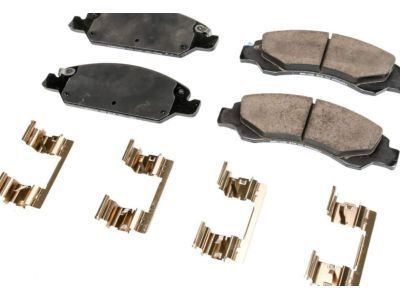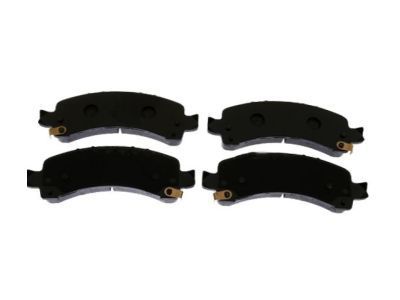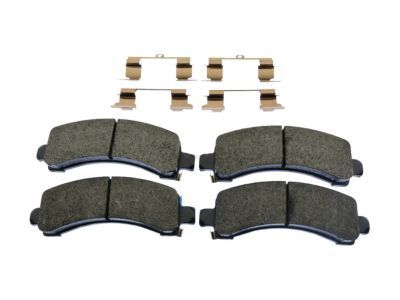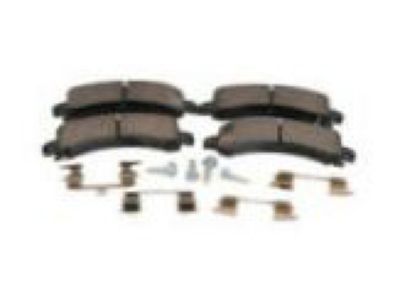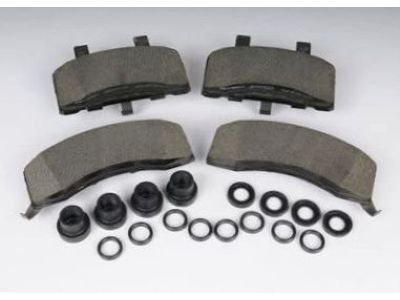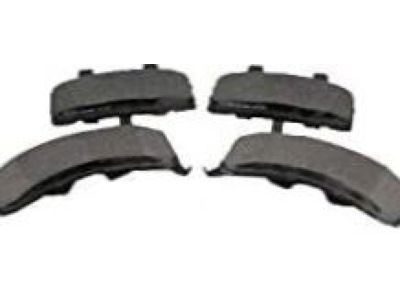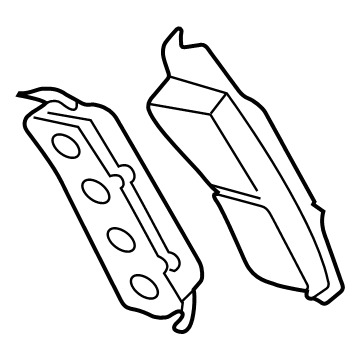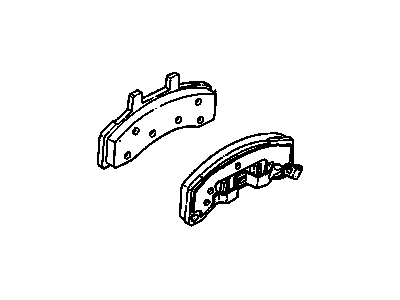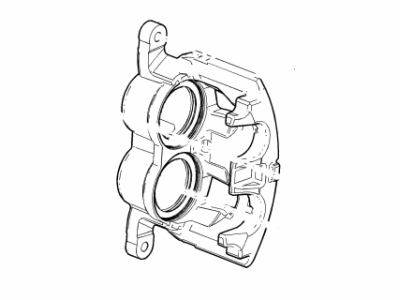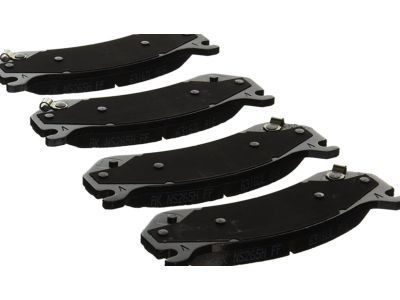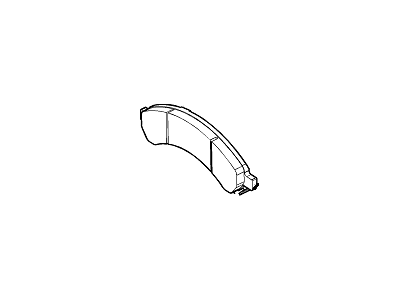My Garage
My Account
Cart
Genuine GMC Savana Brake Pad
Disc Brake Pad Set- Select Vehicle by Model
- Select Vehicle by VIN
Select Vehicle by Model
orMake
Model
Year
Select Vehicle by VIN
For the most accurate results, select vehicle by your VIN (Vehicle Identification Number).
18 Brake Pads found
GMC Savana Pad Kit, Rear Disc Brake
Part Number: 84265875$104.55 MSRP: $213.05You Save: $108.50 (51%)Ships in 1-2 Business DaysGMC Savana Pad Kit, Rear Disc Brk *Jet Black
Part Number: 84394374$113.52 MSRP: $231.32You Save: $117.80 (51%)Ships in 1-2 Business DaysGMC Savana Pad Kit,Rear Disc Brake
Part Number: 89027019$113.34 MSRP: $230.95You Save: $117.61 (51%)Ships in 1-2 Business DaysGMC Savana Pad Kit,Front Disc Brake
Part Number: 19152634$68.60 MSRP: $136.12You Save: $67.52 (50%)Ships in 1-2 Business DaysGMC Savana Pad Kit,Front Disc Brake
Part Number: 89026844$74.54 MSRP: $135.52You Save: $60.98 (45%)Ships in 1-3 Business DaysGMC Savana PAD KIT-FRT DISC BRK
Part Number: 86813129$132.16 MSRP: $269.31You Save: $137.15 (51%)Ships in 1-3 Business DaysGMC Savana Pad Kit, Rear Disc Brk
Part Number: 84859031$135.98 MSRP: $277.09You Save: $141.11 (51%)Ships in 1-2 Business DaysGMC Savana PAD KIT-FRT DISC BRK
Part Number: 86813130$120.94 MSRP: $246.43You Save: $125.49 (51%)Ships in 1-3 Business DaysGMC Savana Pad Kit,Front Disc Brake
Part Number: 19167290$75.26 MSRP: $136.84You Save: $61.58 (45%)Ships in 1-2 Business DaysGMC Savana Pad Kit, Rear Disc Brk
Part Number: 84786086$96.75 MSRP: $173.55You Save: $76.80 (45%)Ships in 1-3 Business DaysGMC Savana Pad Kit,Rear Disc Brake
Part Number: 88982627$9.65 MSRP: $150.00You Save: $140.35 (94%)Ships in 1-2 Business Days
GMC Savana Brake Pad
Each OEM GMC Savana Brake Pad we offer is competitively priced and comes with the assurance of the manufacturer's warranty for the part. Furthermore, we guarantee the speedy delivery of your orders right to your doorstep. Our hassle-free return policy is also in place for your peace of mind.
GMC Savana Brake Pad Parts Questions & Experts Answers
- Q: How to Remove, Clean, and Install Brake Calipers and Pads on GMC Savana?A: To begin the brake removal process, start by removing the cap from the brake fluid reservoir and draining about two-thirds of the fluid. Then, loosen the wheel lug nuts, raise the vehicle and secure it on jackstands, and remove the wheels. Work on one brake assembly at a time, positioning a drain pan underneath and cleaning the caliper and surrounding area with brake system cleaner. Use a C-clamp to push the piston back into its bore, being careful not to overflow the fluid in the master cylinder. On older models, remove the caliper mounting bolts and lift the caliper off the disc, removing the outer and inner pads. Remove the mounting bolt seals and rubber bushings from inside the caliper ears, clean and inspect the caliper and mounting bolts, and replace them if necessary. Install new rubber bushings and seals in the caliper, filling the space between the bushings with silicone grease. Apply anti-squeal compound to the backing plates of the new brake pads and position the inner and outer pads in the caliper. Hold the caliper in position over the disc, insert and tighten the mounting bolts. For installation, repeat the process on the opposite wheel, install the wheels, and lower the vehicle. Add brake fluid to the reservoir and pump the brakes to seat the pads against the disc. Check the fluid level and test the brakes before driving. On newer models, pivot the caliper up to expose the brake pads and follow the same steps. Finally, tighten the mounting bolts and wheel lug nuts to the proper torque specifications, depress the brake pedal to bring the pads into contact with the disc, and check the brake fluid level and operation of the brakes before normal use.
Related GMC Savana Parts
Browse by Year
2024 Brake Pad 2023 Brake Pad 2022 Brake Pad 2021 Brake Pad 2020 Brake Pad 2019 Brake Pad 2018 Brake Pad 2017 Brake Pad 2016 Brake Pad 2015 Brake Pad 2014 Brake Pad 2013 Brake Pad 2012 Brake Pad 2011 Brake Pad 2010 Brake Pad 2009 Brake Pad 2008 Brake Pad 2007 Brake Pad 2006 Brake Pad 2005 Brake Pad 2004 Brake Pad 2003 Brake Pad 2002 Brake Pad 2001 Brake Pad 2000 Brake Pad 1999 Brake Pad 1998 Brake Pad 1997 Brake Pad 1996 Brake Pad

